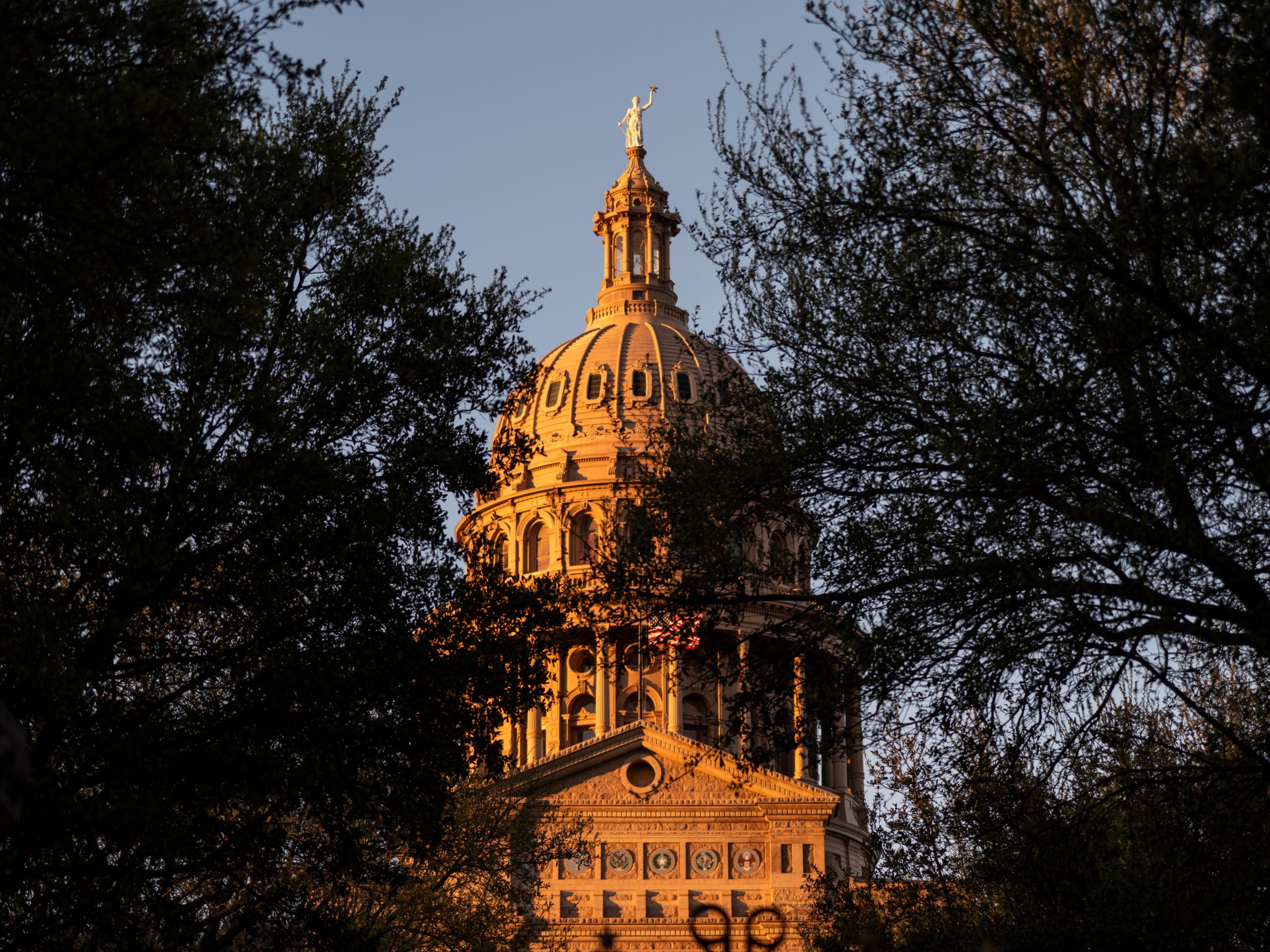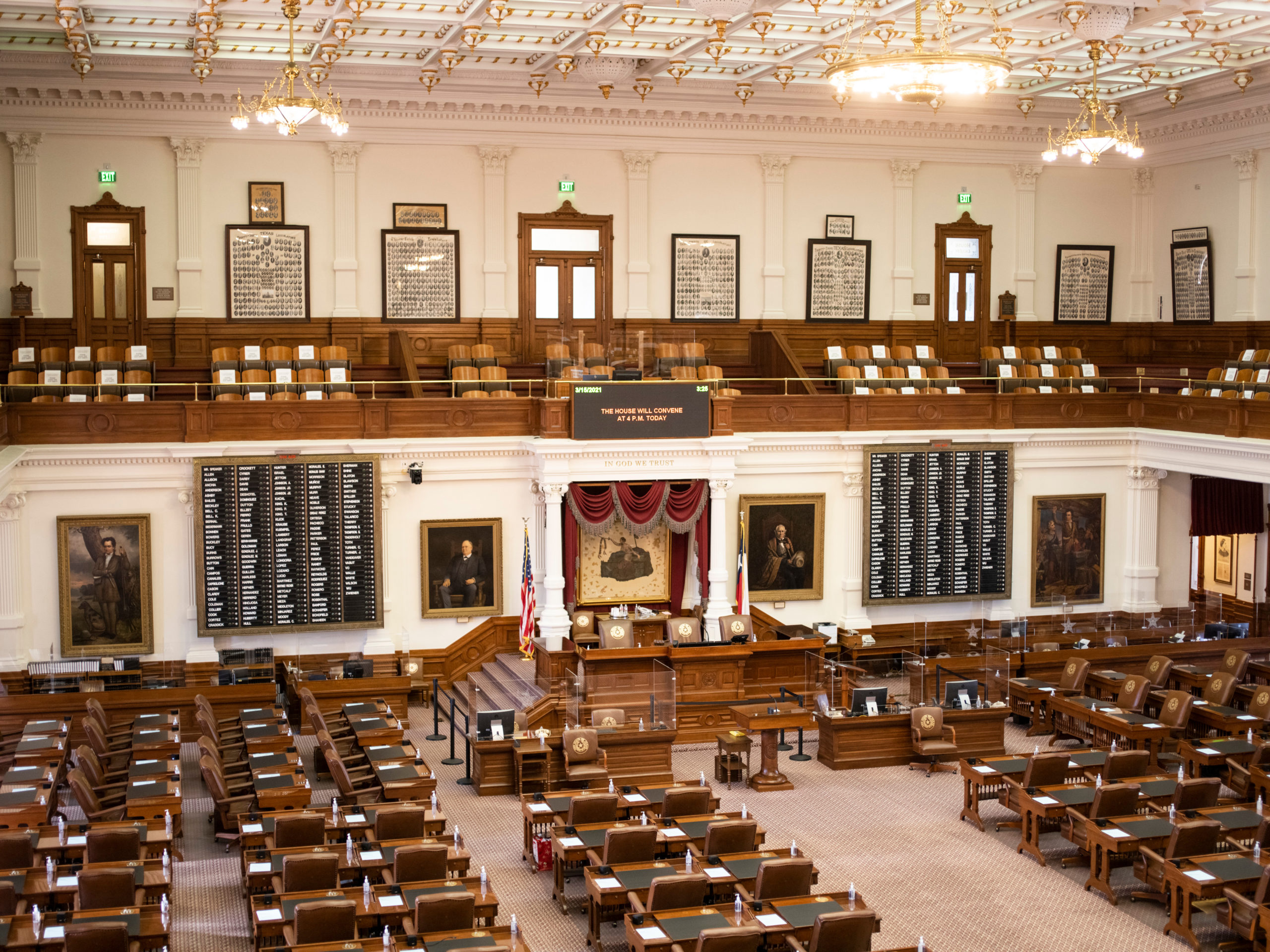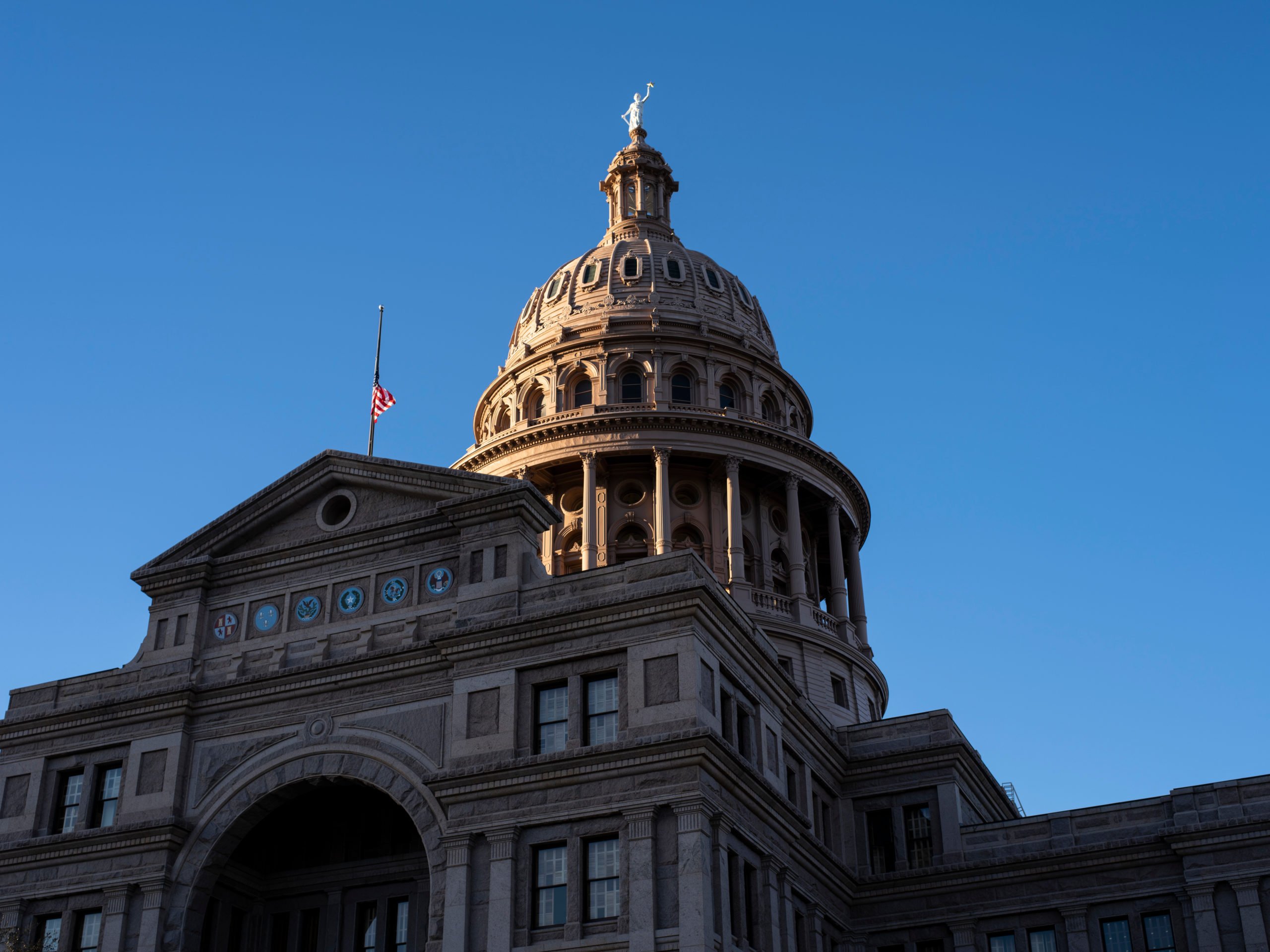
The Consequences of Redistricting Without A Safety Net
Judicial blindness to racist election laws has removed critical safeguards for minority voters and emboldened the latest round of GOP gerrymandering in Texas.

Redistricting, the political map-making process where officeholders seemingly get to choose their own voters, was a sprint at the Texas Legislature this year. COVID-19 delayed the 2020 census, so it was mid-August, months later than usual, by the time lawmakers received data showing that nearly all of Texas’ population growth over the past decade, the most of any state, occurred in Hispanic, Asian and Black communities. Members of Texas’ biennial, part-time Legislature would normally have retired to their home districts already, but instead they were still in Austin, embroiled in a special session that Governor Greg Abbott had called to ram through new voting restrictions that Democrats in the Texas House had fled the state to try to stop.
After the House Dems cracked and returned to Austin this summer, Abbott got his new voting law and then demanded yet another special session to quickly redraw political districts. The redistricting process occurs every 10 years, and in Texas, rarely reflects the state’s actual demographics. This year, Republican-led committees called last-minute hearings with limited testimony to crank out new maps that grow GOP power while diluting the voting strength of the state’s growing minority communities. On October 12, the House Redistricting Committee gave only 24 hours notice for a hearing on new congressional maps and provided a 12-hour window for people to register to testify. In the hearing the following day, some Democratic lawmakers admitted they were struggling to keep up. The handful of advocates who managed to attend vented their frustration.
“You can see how empty this room is,” Jessica Weldon, with the progressive group Battleground Texas, told lawmakers. “I would like to call out that this was an unnecessarily rushed hearing, an opaque process, and it seems intended to obscure the view of the public.” The committee approved the maps that same day; the rest of the GOP-dominated Legislature quickly approved them. Abbott signed the new districts into law less than two weeks later.
For decades, the federal Voting Rights Act of 1965 sought to protect minority voters by forcing Texas and other states with a history of race-based voter suppression to clear changes to election laws, including new political maps, with the federal government first. That so-called preclearance requirement, under Section 5 of the law, stopped Texas’ maps from immediately taking effect the last time lawmakers redrew them in 2011, eventually forcing compromise interim maps that the state later adopted and mostly used for the rest of the decade. In 2013, however, the U.S. Supreme Court dismantled that section of the Voting Rights Act and ended preclearance, leaving Texas without federal oversight for this latest round of late and hurried mapmaking.
“The Supreme Court put the burden on voters to have to prove discrimination before maps get used,” says Nina Perales, vice president of litigation at the Mexican American Legal Defense and Educational Fund (MALDEF), one of several groups that have sued to challenge the new maps. “Sure, the Supreme Court didn’t know then that we were going to have a delayed census because of the pandemic, but now there’s a perfect storm in Texas. … We have a very late set of maps that are discriminatory, and no Section 5 to block them before Texas tries to use them in the March primary.”
MALDEF and several other voting rights groups have sued Texas over the past several weeks to try and stop the state from holding elections under the new maps, accusing GOP lawmakers of drawing new district lines with the intent to discriminate against voters of color and dilute their political influence. They point to the fact that Hispanic people made up half the state’s population growth over the last decade, and yet new state House and congressional maps reduce the number of districts in which Hispanic people are the majority of eligible voters. They also accuse Republican lawmakers of cracking and packing communities of color by spreading them out among several districts or crowding them into others in order to diminish their influence.
In its lawsuit against the state filed earlier this month, the Mexican American Legislative Caucus tied the new maps to a larger political climate demonizing Latinx people. “The Texas Legislature is not redistricting in a vacuum, and the racial dynamics of modern political appeals villainizing Latinos, and intimidation tactics meant to discourage their participation, have proliferated in recent years,” the lawsuit reads. The filing cites numerous recent examples of anti-Hispanic hate, including the 2019 El Paso shooting that killed 23 people and injured 23 others.
Judicial blindness to racist voting laws in Texas likely emboldened the latest round of GOP gerrymandering in the state. In a Georgetown Law Journal article last year, elections law expert Rick Hasen pointed to a series of recent Supreme Court rulings, including the case involving Texas maps passed last decade, that have paved the way for more partisan gerrymandering, racial gerrymandering, restrictive election laws and minority vote dilution. Voting rights advocates had long hoped that judges might put Texas back under federal preclearance for election changes due to the state’s long history of racist voting laws, but that also seems unlikely thanks to recent rulings.
As remains the case with Texas’ new restrictive voting law, parts of which are now being challenged in court by the Department of Justice, redistricting this year also underscores the need for new federal voting rights legislation, says Michael Li, an elections law expert at the Brennan Center for Justice who focuses on redistricting.
“I think Texas Republicans passed these maps knowing that voting rights lawsuits can take 4 to 6 years to resolve potentially, and that in the meantime, they might get to use them,” Li says. “I think Texas was more aggressive this time around in part because there was no Section 5 (preclearance). … ‘I don’t really care, sue me,’ that’s what these maps seem to be saying.”



